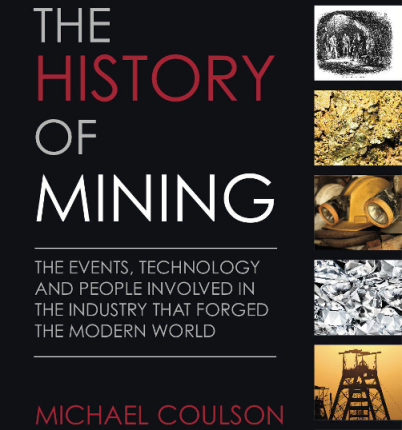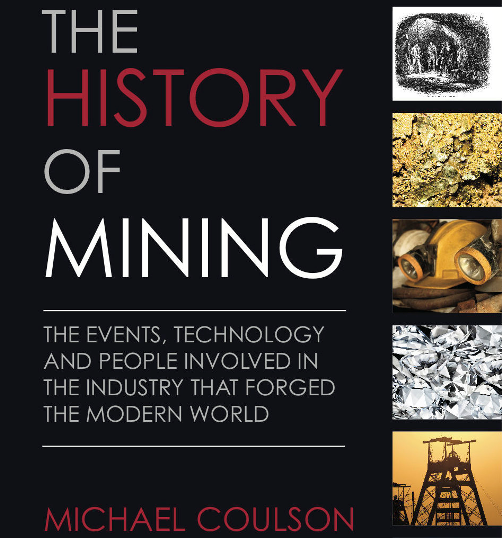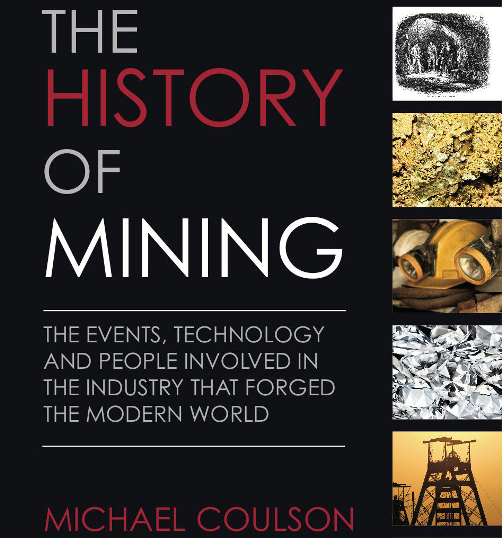The almost universal change in the top management of major diversified and gold miners should indicate that a more cautious approach will see greater profits and dividends ahead.
LONDON (MINEWEB) – Over the years the world’s biggest mining companies have proved to be spectacular investments, but have very much underperformed over the past 4-5 years as corporate dealmaking, largely entered into when the companies’ boards took on CEOs who would embrace big merger deals and huge capital projects when the mining sector seemed to be headed onwards and upwards.
The first real halt to the upwards progression came with the Great Financial Crisis of 2007/8 which decimated the values of many mining sector companies. While the megaminers, because of their diverse holdings, and continuing strength in the bulk mining sectors like iron ore and coal, may not have suffered as much as most, they have since been caught in a position which does not exactly please their major shareholders and, as a result, we have seen an unprecedented series of major asset write downs and a virtually complete change in top management right across the sector.
In the diversified miners we have seen, or are seeing, new CEOs for BHP, Vale, Rio Tinto, Anglo American and Xstrata – in short the world’s top 5 mining companies by market capitalisation.



























